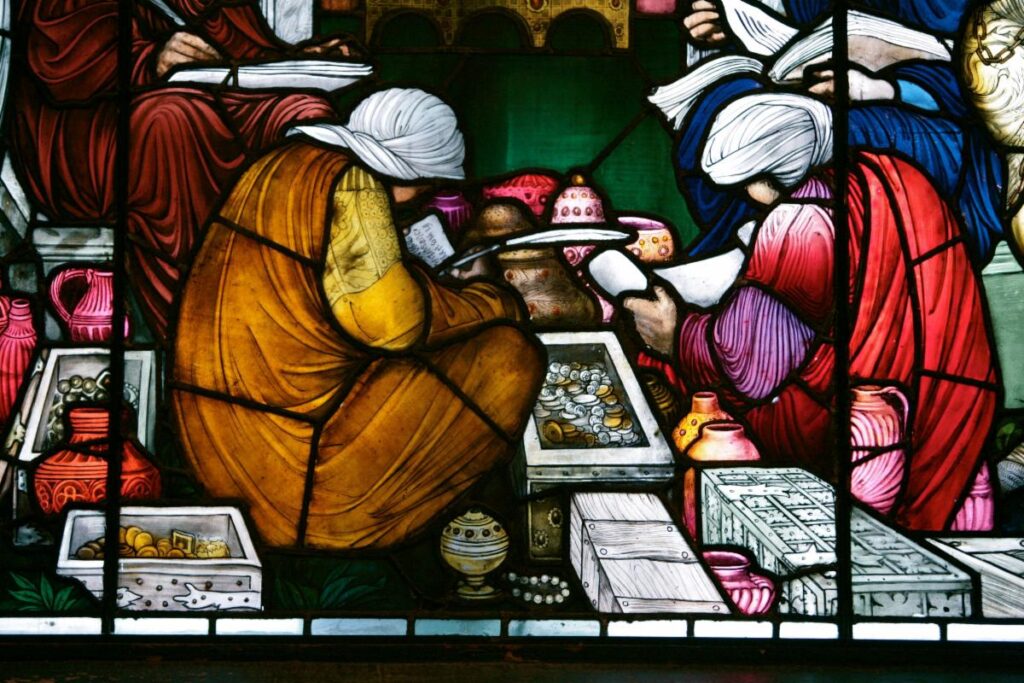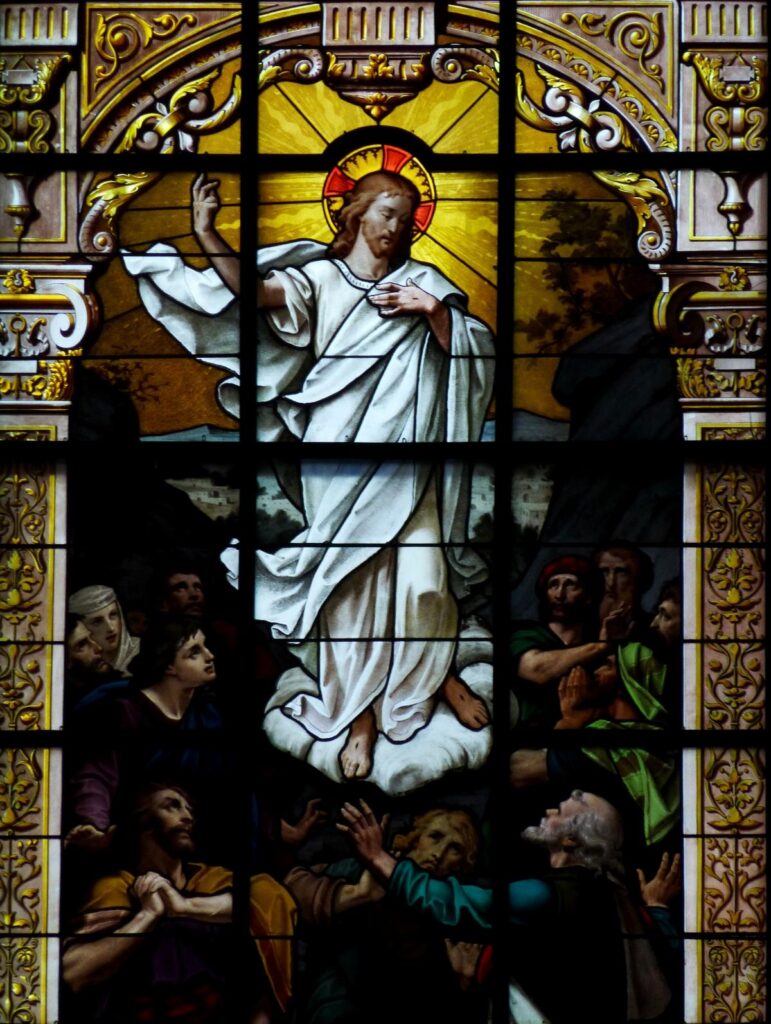Dear Trinity Church and friends,
The twenty-two people bound in the hold of the vessel Fair Lady were all male, mostly men but some boys as well. They boarded in St. Croix, then a Dutch territory, for sale in Havana, Cuba. The ship was captained by Joshua Delano, Jr., and owned by Bostonians Benjamin Cobb and Benjamin Homer. Cobb and Homer had given their agent on the ground in St. Croix explicit guidelines about the type of enslaved persons to be selected for sale in Cuba. Correspondence is signed “Mr. Durant.” Was that agent Cornelius Durant?
Cornelius Durant was born in Boston in 1732. His father Edward was a blacksmith and merchant with several homes including an estate on Nonantum Hill in Newton. While Edward was successful, a later descendant surmised the estate was made possible “by Waldo money,” as Edward’s wife was a Waldo and her wealth upon marriage became Edward’s as well as any subsequent inheritance she received while they were married.
Family lore held that Cornelius’ own eventual vast fortune began with a treasure trove found beneath the house. The treasure was either concealed under a hole of the rock floor of the cellar, or more fancifully recounted, Durant dreamed of treasure in the lake behind the house and following the cues in his dreams he dragged from the waters a chest containing coins and other valuables. Regardless of how he found this treasure, tradition asserts that these valuables were the nucleus of the large fortune he gained in the West Indies.
In 1766 Cornelius traveled to St. Croix where an older brother, Thomas, already resided since 1761.
“I went to the island of St. Croix, in the West Indies; in the year 1766, and resided there till the year 1778, and have resided there at different times considerably since,”
he noted late in his life.
The two brothers went into business together, probably building upon family connection to powerful merchants like the Waldos, operating plantations, and serving as agents in the Dutch territory for their North American brethren. Records show they sold hundreds of enslaved Africans over the years just for Samuel and William Vernon, two of the most prominent Newport, RI, slave traders. They worked for others as well. The brothers also underwrote insurance policies with men like Israel Thorndike and John Coffin Jones, also prominent in the slave trade.
Cornelius traveled back and forth to Boston quite a bit. He and his brother participated in the Revolutionary War. He was friends with John Adams and Alexander Hamilton. He was a respected merchant.
Over time through inheritance and his own business acumen, Cornelius would acquire significant land and investments in Boston, Maine and the island of St. Croix, making him one of the wealthiest men in New England. Given that slavery was abolished in Massachusetts in 1783, his northern estates may not have continued enslaved servitude, but not so for his properties in St. Croix. Slavery would not be abolished in St. Croix until 1848. In 1789, Cornelius placed an advertisement in the Boston Gazette:
“A negro servant lad named William, about 19 years of age, belonging to Cornelius Durant of St. Croix. – He carried off with him a superfluity of Wearing Apparel. – All and every person or persons are herby forbid and cautioned against harbouring said Servant …”
Cornelius married twice, first to Mary Tothill Hunt in 1766. After her death he married Mary Fenno in 1782. They had one daughter, Maria Cornelia Durant, born in 1789. She was a beautiful woman, and she caught the attention of lawyer and orator Andrew Ritchie. They married in 1807. They did not have children. Cornelius died five years later in 1812. In consequence of this marriage, after the death of his father-in-law, Andrew became, by right of his wife, owner of a plantation in St. Croix and executor of Cornelius’ entire estate. By Danish law, he, to retain possession of the plantation, was required to reside there; and for many years this was his place of residence, although he often visited Boston and spent a great part of his time in the United States.

Maria Cornelia died in Paris. Andrew later married Sophia Harrison Otis, the daughter of politician and businessman Harrison Gray Otis. They would have three children including Harrison Ritchie. When residing in St. Croix, Harrison Gray Otis would write his son-in-law to ascertain how he was managing finances. Andrew wrote back he hoped for better crops. Andrew Ritchie died in 1862 in Newport. Sophia died in 1872.
After receiving the call from the Trinity Church Building Committee for memorial windows in the new church in Copley Square, Harrison Ritchie selected French designer Eugene Oudinot to design and execute a window in memory of his mother, Sophia Harrison Ritchie, “The Ascension.” The window was installed in 1878, shown here.
Until next time,
Cynthia
Sources:
THE DURANT GENEALOGY: A History of the Descendants of George and Elizabeth (—) Durant of Malden, Mass. and Middleton, Conn. Compiled to 1890 by The Rev. William Durant and continued (in part) to 1966 by his great nephew Alexander G. Rose, III.
https://www.seekingmyroots.com/members/files/G001705.pdf

